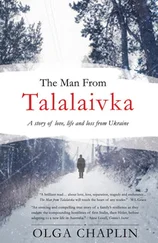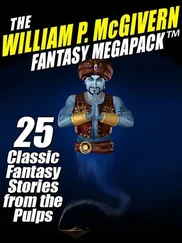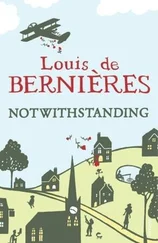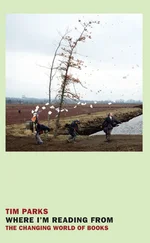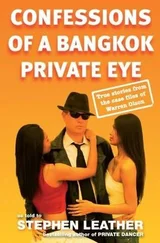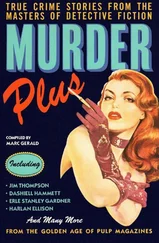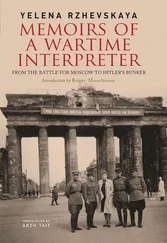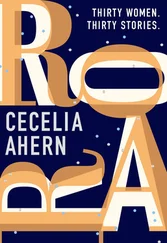With the murder of the Jews and with the Poles being sent to Poland, a lot of Lviv must have been empty after the war? No, explained Svetlana, because immediately the war ended, what had been Polish and Jewish apartments and homes were filled with Soviet military men, men from the NKVD, party members and administrators, and these people, who brought their families, were mostly Russians or from the Russian-speaking east of Ukraine. Conflict in the region did not end in 1944 either, as the NKVD especially had to continue fighting the UPA until well into the 1950s.
While the demographic and ethnic transformation of Lviv was dramatic, it was not at all unique. All the smaller towns of the region were transformed. In the neighboring and historic region of Volhynia, which had been divided between Poland and the Soviet Union before the war, Poles fought Ukrainians during the war and the Jews were again killed. At the end of the conflict those Poles that remained were sent to Poland and ethnic Germans expelled too as the Soviet Union absorbed the rest of the territory. Historically, as you went farther east the Polish factor diminished, but generally a similar pattern prevailed whereby Jews lived in towns and cities, as did Russians, while Ukrainians dominated the countryside. Between Russians and Ukrainians identity was also fluid. In the past, in the areas of Ukraine which had been part of the Russian empire, Ukrainian was considered by many, especially the educated, as a peasant language or dialect of Russian rather than a language in its own right. Many Ukrainians who came to town were educated and, as they began to move up the social ladder, they started to speak Russian and many in this way “became” Russian. However, and this is very important today, others still considered themselves Ukrainian, even though they and their families spoke Russian. Likewise, many but again not all Jews who spoke Russian considered themselves Russian Jews, rather than Ukrainian Jews. In Lviv they spoke Yiddish and German, but increasingly Polish after 1918.
8.
Ruthenes and Little Russians
The 1911 Baedeker’s to Austria-Hungary (“with excursions to Cetinje, Belgrade and Bucharest”) is a guidebook to a world that was about to vanish. For us, most notably, all those areas of modern Ukraine which were then part of the empire—that is to say the eastern part of the region of Galicia, what is now called Transcarpathia and northern Bukovina—are in the same book as Vienna, Prague and Trieste. Secondly, while we are often given the ethnic makeup of places, the word “Ukrainian” does not exist, because here Ukrainians were still known as Ruthenes, a description which broadly speaking encompassed them and some smaller ethnic minorities who still exist, including Lemkos and Rusyns. The name “Ruthene,” which gradually began to be replaced by the word “Ukrainian” at the end of the nineteenth century, comes from the same root as Rus or Russia. On the other side of the border, in the Russian empire, the Russian authorities pursued a policy of Russification and the suppression of anything which smacked of a separate Ukrainian identity, actual or potential. In 1876, as a Ukrainian elite began to emerge, publishing in Ukrainian or “Little Russian” was banned, as were theater performances and lectures.
The policy in Austria-Hungary, especially in Galicia, was different as Ruthene-cum-Ukrainian identity was to a certain extent encouraged by the authorities keen to divide and rule and to balance Polish identity and aspirations. Today, when we see voting patterns in Ukraine, when we hear that oft repeated description of the west, by which is meant eastern Galicia above all, being more nationalistic and proud of its Ukrainianness, this is the historical root of the reason why. Students could study in Ukrainian, though there were constant struggles with the Poles over this, and a self-consciously Ukrainian elite began to flourish. In the latter decades of the nineteenth century a Ukrainian nationalism began to develop which envisaged eventual union with Ukrainians on the other side of the border inside the Russian empire. Some of the Ukrainian leaders were nationalists who saw themselves as Ukrainians above all but others were Russophiles who looked to Russia for their future and believed themselves a branch of the wider Russian people, not a separate nationality.
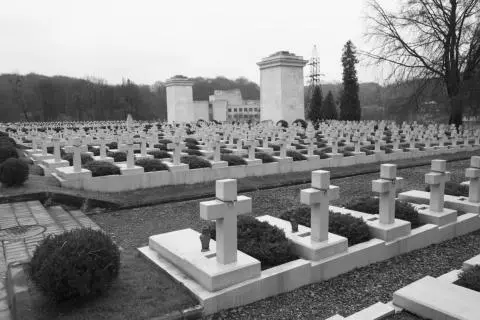
Polish military graves in the Lychakiv cemetery. Lviv, November 2014.
The collapse of both the Austro-Hungarian and Russian empires left everything to fight for. The Ukrainians also had an embryonic army in the west of what is now Ukraine, that is to say soldiers who had served as members of the Sich Riflemen, an Austro-Hungarian unit. Ukrainians in Lviv proclaimed an independent West Ukrainian People’s Republic on November 1, 1918. In Kiev an independent state was also declared amid the chaos of the Russian Revolution and civil war. Lviv was plunged into conflict. The Poles fought the Ukrainians for the city and the region, and the Poles won. In the Lychakiv cemetery they built a triumphant war memorial to commemorate their dead, including the so-called Lwów Eaglets, or young fighters, who had died there. The Jews, uncertain what to do, had decided to stay neutral. Once the Poles had won, pogroms broke out to punish the Jews for what was seen as their pro-Ukrainian position.
Interwar Poland was an authoritarian state. As the years wore on it was also increasingly anti-Semitic, as were many of its people, but Ukrainian nationalism was repressed too and activists jailed. The most extreme of them resorted to terrorism and assassinated Polish officials. It was this nationalism that, in the 1930s unsurprisingly and given Galicia’s historical links to Vienna, turned to the German-speaking world for inspiration. Likewise, as Hitler began to look east it meant that, despite his disdain for the Slavs in general and in this case in particular the Poles, he had some ready allies. They included Ukrainian former military men who also hated the Poles, grafted his anti-Semitism onto their own, and could also see what communism had done for their compatriots in Soviet Ukraine. While in the 1920s many exiles and Ukrainian nationalists had gone (or returned) to Soviet Ukraine, lured by the promise of building a new Ukrainian state of sorts, in which, at the time Ukrainianization as opposed to Russification was the order of the day, all had changed by the 1930s. These were the years of clampdowns on anything perceived as Ukrainian nationalism, the great purges and of course the Holodomor . And for many Ukrainian nationalists, fusing anti-Semitism and anti-communism, the Jews could be singled out as especially guilty as “Judeo-Bolsheviks.” This was the backdrop for the catastrophe about to befall Lviv and the wider region, and one which, now that Ukraine is at war again, reverberates anew.
When it comes to remembering the past a few things immediately jump out at you. The first is that in reality there are three very different memories of Lviv. What Ukrainians, Jews and Poles remember isn’t the same. The city means different things to them. Poles remember a great city lost to them, a cultured and important Polish city, which they had fought the Ukrainians for in 1918 and managed to keep for Poland. Ukrainians recall Polish repression and the way they declared an independent Ukrainian state here twice, in 1918 and 1941. For Jews it is a city with an ancient Jewish history, swept away by the Nazis and their Ukrainian collaborators. Although in recent years there have been conferences bringing historians together, the fact is that whatever good work they might jointly do takes a long time to percolate through to the consciousness of ordinary people.
Читать дальше


